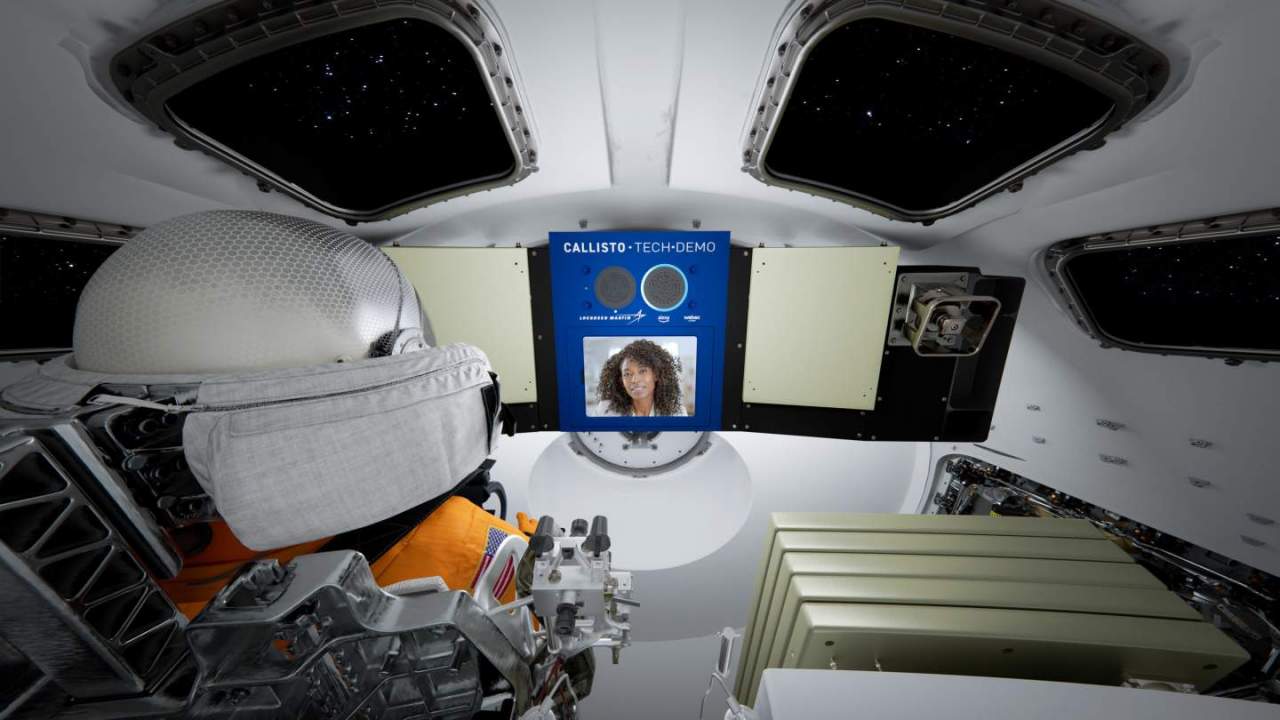Who would think that one day Amazon Alexa will make it up to the moon and so on? The known AI found on many Amazon devices will now be part of the most important mission, this time on the Orion NASA spacecraft. As a collaboration between Lockheed Martin, Amazon, and Cisco, many engineers work to integrate Alexa into deep spacecraft missions. Lockheed Martin, along with other companies involved, detailing development in blog posts.
Alexa was sent to space as part of Artemis I, the first of many NASA mission planned. Results? To allow human exploration in the future to the moon and Mars. The Orion spacecraft is equipped with a technological demonstration charge called Callisto, and that’s exactly Alexa will be on this coming mission.
NASA, Lockheed Martin, Cisco, and Amazon all believe that there is a great potential in integrating technology such as WebEx Alexa or Cisco Amazon to a future space exploration mission. Although based in AI, a travel friend only sound has long been something in a sci-fi film, there are more under the surface that needs to be done before they can come true. It seems like these three companies work hard to push the current and advanced technology limits to the future.
NASA has a big plan for deep extraterrepresent exploration, and Artemis I is just the first step of many obstacles needed to test and improve the system that will be present in the future mission. In addition to AI which is controlled by the sound in the form of Alexa, Artemis I will also test the rocket of the new space launch system and the Orion spaceship itself.
The first mission will not have a crew, but the technology will be tested by the engineers back on earth in the form of a simulation crew. Alexa will have access to real-time telemetry data and can respond to thousands of questions related to the mission itself, all without requiring an internet connection. In addition, Alexa will be able to process special mission requests, such as controlling cabin lighting.
The lack of connectivity is one of the problems needed by Amazon engineers before this mission can occur. Many features currently provided by Alexa must be done without access to the internet. However, through the use of NASA Deep Space Network, Alexa will be able to provide future astronauts with information from home. It can include news briefings and even sport scores to make astronauts feel less longing for a long mission.
In the future, Amazon hopes the astronauts will be able to switch to Onboard AI to easily get all kinds of information and friendship, and to control their environment. Transition to voice control must make the process easier, more efficient, and maybe even when the astronauts are bent. To make Alexa in space, Amazon must work with Martin Lockheed engineers to integrate it in the Callisto charge. Lockheed Martin must design new classroom hardware for Alexa to be built, protect it from radiation exposure and the possibility of turbulence, especially during launch.
Amazon must also enter exclusive software that can handle noise and echo on the spacecraft. This technology can then be used on earth to open Alexa to a wider range of customers, including it
which operates in a hard environment or has very little connectivity.

